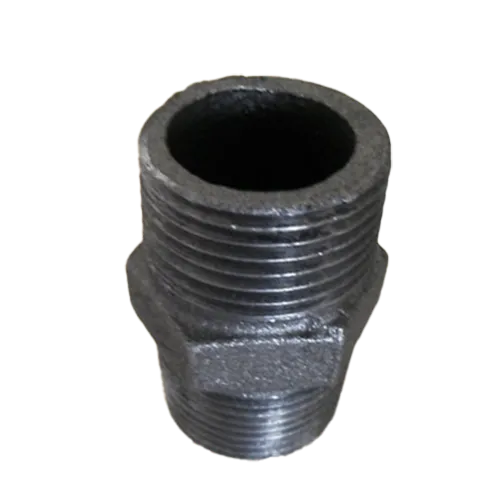Mobile:+86-311-808-126-83
Email:info@ydcastings.com
English
sand casting products
Sand Casting Products A Key Component in Manufacturing
Sand casting is one of the oldest and most versatile metal casting processes used in manufacturing today. This method involves creating a mold from sand, which is then used to produce various metal products. The versatility of sand casting makes it an essential technique across multiple industries, including automotive, aerospace, and construction. This article explores the process of sand casting, its advantages, and the diverse products that stem from this ancient yet innovative technique.
The Sand Casting Process
The sand casting process starts with the creation of a mold. The primary material used is sand, often mixed with a binding agent to help hold the shape. The pattern, typically made from metal or plastic, is first placed in a flask—a sturdy container—filled with sand. This mixture is compacted around the pattern to ensure it captures all the details. Once the sand is set, the pattern is removed, leaving a cavity in the shape of the desired product.
Next, molten metal—usually aluminum, iron, or bronze—is poured into the mold. The metal fills the cavity and takes the shape of the pattern. After the metal cools and solidifies, the mold is broken away to reveal the final product. This method allows for complex shapes and intricate details, making sand casting a popular choice for a variety of applications.
Advantages of Sand Casting
One of the primary advantages of sand casting is its cost-effectiveness. It requires relatively low initial investment compared to other casting methods, such as die casting, particularly for low-volume production. Additionally, it allows for a high degree of design flexibility, accommodating a wide range of geometries and sizes. This capability is crucial when creating custom parts or making modifications to existing designs.
Another significant benefit is the ability to cast large components. Sand casting can produce products as small as a few grams or as large as several tons. This flexibility makes it suitable for industries that require large, durable parts, such as in the construction and marine sectors.
sand casting products

Moreover, sand casting is compatible with a variety of metals, enabling manufacturers to choose materials that best suit their needs regarding strength, thermal properties, and corrosion resistance. This adaptability is particularly advantageous in industries that require specific material characteristics for their products.
Applications and Products
The range of products created through sand casting is extensive. For the automotive industry, sand casting is used to produce engine blocks, cylinder heads, and various other components. These parts must be strong and lightweight, making aluminum—the most common metal used in sand casting—an excellent choice.
In the aerospace sector, sand casting plays a critical role in manufacturing components such as turbine housings, frames, and other flight-critical parts. The ability to create complex geometries while maintaining high levels of strength and durability is essential in this industry where safety is paramount.
Construction equipment also heavily relies on sand casting. Products like gears, pulleys, and brackets are routinely manufactured through this method, often taking advantage of the technique's ability to produce large, sturdy components capable of withstanding harsh environments and heavy loads.
Additionally, artistic applications of sand casting are gaining popularity. Artists and designers utilize this method to create unique sculptures, decorative items, and custom pieces, showcasing the versatility of sand casting beyond traditional industrial uses.
Conclusion
Sand casting remains a cornerstone of modern manufacturing, combining ancient techniques with contemporary technology. Its ability to produce diverse, complex products at a low cost makes it an invaluable process across various industries. As manufacturers continue to develop and refine sand casting methods, the potential for new applications and innovations within this field is limitless. Whether through small custom projects or large-scale industrial components, sand casting products will undoubtedly continue to play a significant role in the manufacturing landscape for years to come.











